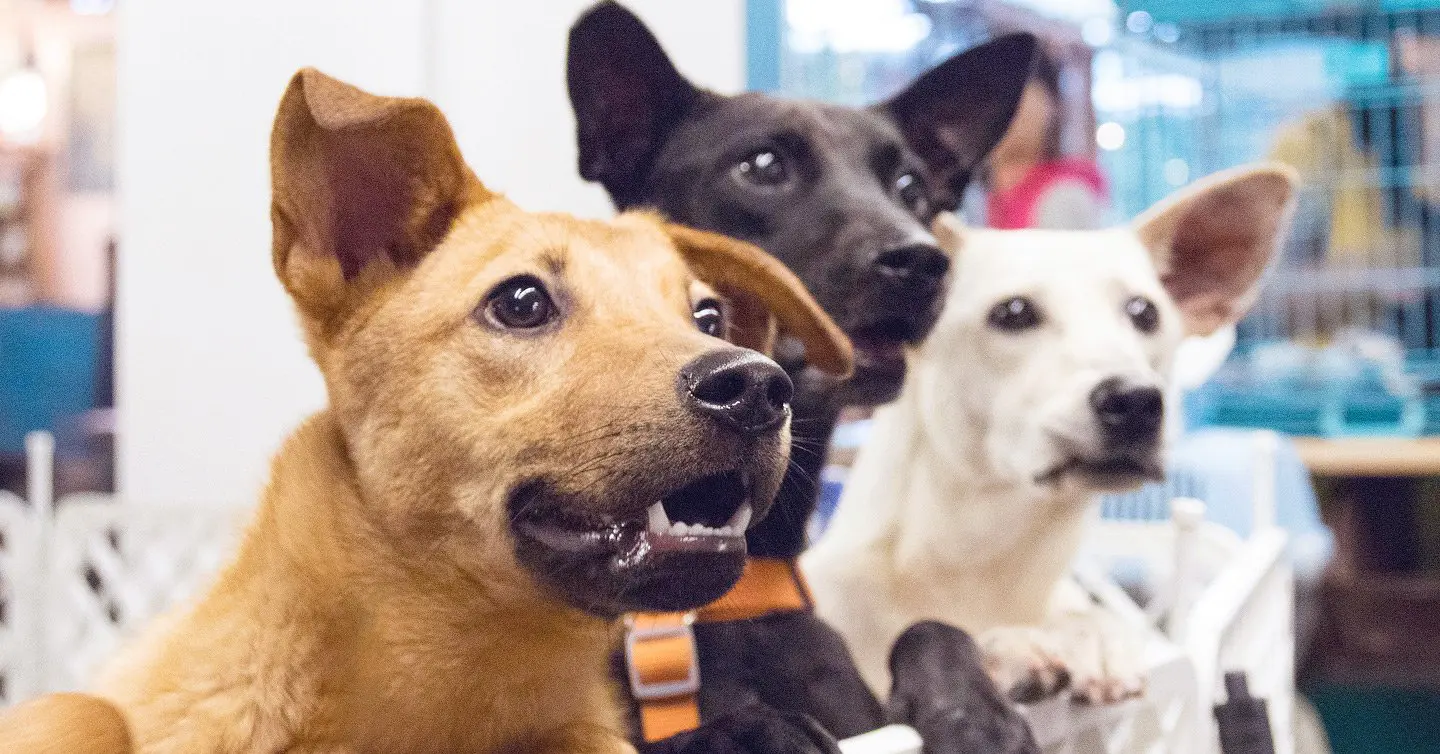A new puppy is an exciting addition to any family, but bringing a new pet home comes with a whole host of upfront expenses that can quickly become overwhelming. From vaccinations to puppy gear, toys, daycare, kennels, cleaning products, and beyond, you’re liable to feel like you’re hemorrhaging money at the beginning.
To help combat the initial cost of puppy ownership, we’ve put together this collection of handy budgeting tips for new puppy owners. These ideas help pet owners save money in their first year and long-term by reducing spending on unnecessary items and budgeting effectively for puppy essentials.
Resist the urge to spend on unnecessary items
The impulse to spoil your new pooch with every cool puppy product you can find is likely to be a strong one, but we urge you to overcome it. Your new best friend doesn’t care about material things – they want food, affection, and a comfortable place to nap.
Instead of succumbing to the urge to shop, start by purchasing just the basics. Make a list of things your puppy absolutely needs and start with those items. Once you’re equipped with the essentials, set aside some extra cash for additional purchases down the road. Think about whether there are things that you could make at home such as chew toys, treats, or other puppy accessories.
Source items from thrift shops
If you’re trying to save money, don’t source every product for your puppy from a pet store. You can pick up all kinds of useful items for your puppy from thrift shops for a fraction of what you’d spend if you bought them all brand new.
Look for things like:
- Food and water bowls: You can likely find all kinds of cool options that will work, even if they aren’t made for dogs.
- Sheets and blankets: Until you can trust your puppy not to chew through (or have an accident on) a brand new dog bed, create a cozy sleeping space for them with used blankets from the thrift shop. You can toss them in the wash (or the trash) guilt-free if they become too damaged.
- Plush toys: Your pup is bound to ruin toys in a matter of hours in the beginning. If this is the case, purchasing brand new ones will get old fast. Instead, source pre-loved toys from your local thrift shop for a fraction of the price. Just make sure to remove any buttons before offering them to your pup.
Get creative with treats
There are all kinds of awesome dog treats on the market these days, from vegetarian options to grain-free, all-beef, and so many more. While these products are fantastic, they’re not cheap.
When you’re training a new puppy, treats are an essential part of the process, but since many puppies are highly food-motivated, they’ll accept almost anything as a treat (even if it isn’t labeled that way on the package).
So, think outside the box. Offer your pup individual pieces of kibble or bites of items you already have in your fridge. Depending on your pup’s tastes, you could use anything from slices of cheese or hotdogs to carrots, apples, or bread to reward your dog for good behavior.
If you purchase traditional dog treats, break them up into tiny pieces to make them last longer. This way, you’ll save money while ensuring your pup doesn’t over-eat. And remember, praise is a powerful reward too – you don’t always have to reward your pup with food!
Embrace the chance to DIY
While it’s usually easier to just throw money at a solution, you may be able to cut your expenses by planning ahead and making some things yourself.
For instance, there are all kinds of healthy recipes for dog treats online, and many of them are made with ingredients that you probably already have on hand.
Treats are just the beginning when it comes to things you can make yourself. Don’t be afraid to get creative. You could create a dog bed out of old pillows or thrift store fabrics, make your own dog toys out of old ropes, and more.
Maintain a healthy lifestyle
Taking time to develop a solid health and wellness routine for your puppy is an investment in their healthy future. While it may not seem like a meaningful way to save money at the moment, it’s a preventive measure that can reduce the need for expensive vet visits in the future – and reduce the cost of owning your dog in the long run.
Brush your pup’s teeth regularly
By teaching your puppy to tolerate brushing their teeth, you could save yourself hundreds if not thousands of dollars over the course of their lifetime. Keeping your pup’s teeth clean and free of build-up will also prevent issues like canine periodontal disease or tooth decay, which can be painful and lead to additional health problems.
Groom your dog at home
Taking your dog to the groomer can be a costly endeavor, and the numbers are even more daunting if you extrapolate the cost over the course of your dog’s entire life. You can offset this expense by teaching your pup to tolerate brushing and nail trimming at home. For the best cooperation, stick to a consistent routine.
Healthy diet and exercise
Feeding your puppy a healthy diet and ensuring they receive plenty of exercise will help reduce the risk of serious health issues (and cut down on medical expenses) as they age. And healthy dog food doesn’t have to come with a hefty price tag. Speak to your vet about the best option for your pup.
Network with other pet parents
Paying for pet care can be expensive, but you may be able to reduce your costs by networking with other pet parents in your neighborhood. If your dogs enjoy playing together, you might be able to work out a mutually beneficial arrangement in which you take turns dog sitting when one another is out of town. Or, if your schedules allow it, perhaps you could take turns popping home to provide a mid-day walk for one another.
Whatever you need, building a community of like-minded dog owners could be highly beneficial. If nothing else, they may be able to recommend affordable and trustworthy pet sitters, dog walkers, veterinarians, training classes, or other pet service providers.
Plan for the future
When it comes to budgeting for a puppy, the best thing you can do is plan ahead. While there are a lot of expenses when you first bring a puppy home, they dissipate quickly. Your pup isn’t likely to require expensive veterinary visits when they’re young, but you need to be prepared in case that ever changes.
Shop around for affordable veterinary care
If you don’t already have a veterinarian that you know and trust, it’s wise to shop around. While price shouldn’t be your only consideration (finding someone trustworthy is essential), it should factor in. Some veterinarians charge a premium because they offer an elevated style of service or operate in a high-rent district. If you shop around, you’ll get a good idea of the average rates and annual costs of vet care and be able to make an educated choice.
Spay/neuter your puppy
We all love puppies, but the last thing we need is more unwanted puppies. If your dog unexpectedly falls pregnant, you might find yourself responsible for more pets than you bargained for. With this in mind, spay or neuter your puppy to prevent any unexpected canine additions to your household.
If cost is a barrier, many cities offer low-cost spay and neuter programs to ensure that this service is available to all pet parents who wish to take advantage of it. For more information on whether such a service is available in your area, contact your local ASPCA.
Purchase pet insurance
Pet insurance is a smart investment in your pet’s future. Hopefully, your puppy won’t require emergency veterinary care, but pet insurance gives you the peace of mind that you’ll be able to provide top-notch care should they ever get sick or hurt.




